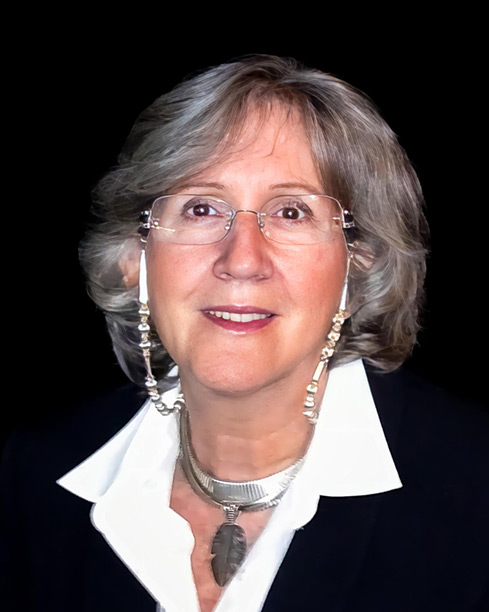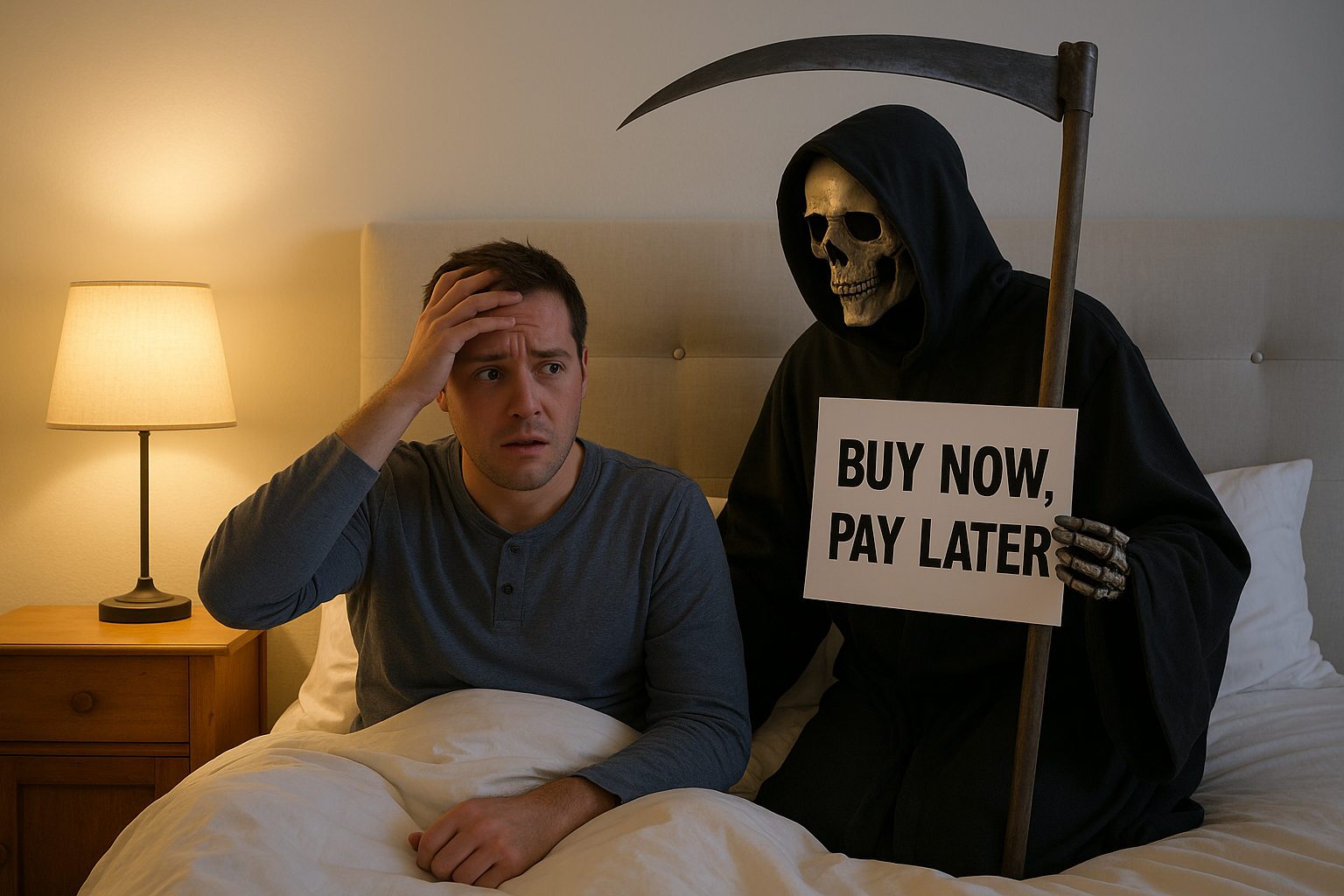Living Longer, Going Broke: The Rise of Senior Bankruptcies
Retirement Dreams vs. Reality
Retirement is often considered a time to relax, travel, spend time with family, or volunteer. However, many retirees struggle financially, with rising numbers of older adults filing bankruptcy. From 2001 to 2022, bankruptcies among people 65+ rose from 4.5% to 18.7% of all filings.
The following are key reasons for the rising bankruptcy rates among older adults:
-
Living Longer on Fixed Incomes
-
People live longer but rely on fixed incomes like Social Security.
-
Pensions have declined, leaving many retirees without employer-based retirement income.
-
Social Security provides at least 50% of income for 4 in 10 retirees and 90% for 1 in 7, according to the Center on Budget and Policy Priorities.
-
-
High Medical Costs
-
Even with Medicare, healthcare costs are high.
-
28% of older adults with Medicare who had medical bill issues reported that it exhausted their savings.
-
-
Weakened Employer Support
-
The traditional job-for-life model has eroded, with layoffs, downsizing, and stagnant wages.
-
Unemployment or underemployment depletes savings, leaving retirees financially vulnerable.
-
-
Easier Access to Credit
-
The modern credit system makes it easier to borrow heavily, increasing debt burdens for retirees.
-
Shrinking Safety Nets Over 40 years, government and employer social insurance protections have weakened, shifting risks (like job loss, illness, and aging expenses) onto individuals, increasing their vulnerability to financial crises.
Over 40 years, government and employer social insurance protections have weakened, shifting risks (like job loss, illness, and aging expenses) onto individuals, increasing their vulnerability to financial crises.
Future Outlook: Concerns for the Next Generation
Experts fear the situation will worsen:
-
Potential cuts to Medicare, Medicaid, and ACA under current budget proposals could increase financial strain on seniors.
-
The next generation nearing retirement faces the same healthcare costs, limited job security, and weakened safety nets while potentially having even fewer resources, putting them at greater financial risk.
Bottom Line:
Financial hardship, high medical expenses, inadequate retirement savings, and heavy debt burdens increasingly characterize retirement in America, leading to an increasing number of older adults seeking bankruptcy as a final resort. In the coming decade, retirees’ financial vulnerability is likely to increase without systemic changes.

Diane is a well respected Arizona bankruptcy and foreclosure attorney. As a retired law professor, she believes in offering everyone, not just her clients, advice about bankruptcy and Arizona foreclosure laws. Diane is also a mentor to hundreds of Arizona attorneys.
*Important Note from Diane: Everything on this web site is offered for educational purposes only and not intended to provide legal advice, nor create an attorney client relationship between you, me, or the author of any article. Information in this web site should not be used as a substitute for competent legal advice from an attorney familiar with your personal circumstances and licensed to practice law in your state. Make sure to check out their reviews.*
In Case You Missed It
Published On: October 20, 2025
Here’s a summary of the key points from the article “Auto loan delinquencies are soaring, with consumers hit by high car prices”: 📈 What’s happening Delinquencies on auto loans (i.e., borrowers falling behind) have climbed [...]
Published On: September 30, 2025
Arizona law firm Chills a Client's Right to File an Honest Review I had a call from someone who hired an Arizona firm to file a bankruptcy, and they were required to sign a retainer [...]
Published On: June 25, 2025
Money Problems Lead to Shame, Which Leads to Making Bad Decisons Money problems are hard enough on their own—but what if the way we feel about our finances is actually making things worse? A groundbreaking [...]
Published On: June 1, 2025
Buy Now Pay Later (BNPL): Simple and Risky Buy now pay later (BNPL) lets you split the cost of something into smaller payments over time. It sounds easy—but there are some risks you should know [...]












